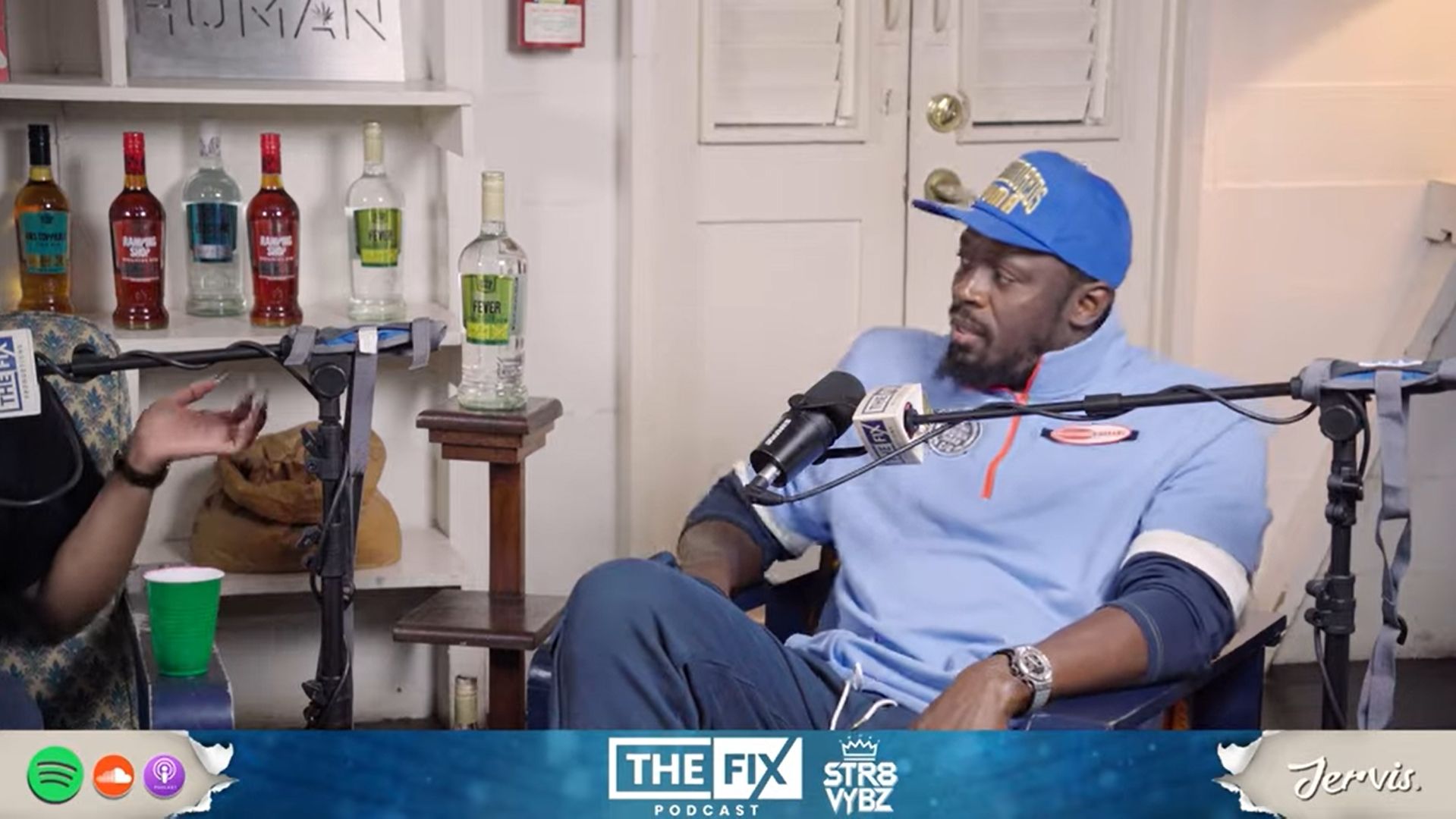“Shake That Thing” is a testament to Sean Paul’s talent and his ability to craft music that resonates with people across the globe. The track’s infectious rhythm, catchy lyrics, and dance-friendly vibe made it a hit in clubs, on the radio, and in the hearts of fans worldwide. As a cornerstone of The Trinity, it showcases Sean Paul’s musical versatility and solidified his legacy as one of the most influential figures in the genre of dancehall. Whether it’s the undeniable energy of the beat or the playful lyrics, “Shake That Thing” continues to be a reminder of the global reach and appeal of Jamaican music.
Sean Paul’s "Shake That Thing" – A Dancehall Anthem with Global Appeal
Sean Paul, the Jamaican reggae and dancehall superstar, has a knack for creating songs that dominate the airwaves, and “Shake That Thing” is no exception. Released as part of his 2005 album The Trinity, the song blends infectious beats, catchy lyrics, and Sean Paul's signature vocal style to deliver a track that became a worldwide hit. This article delves into the essence of "Shake That Thing," exploring its impact on dancehall music and its place in Sean Paul’s illustrious career.
The Song’s Origins and Sound
“Shake That Thing” is a quintessential dancehall track, fusing rhythmic beats, catchy hooks, and smooth melodies that make it impossible not to move to the rhythm. Known for his unique vocal delivery, Sean Paul brings his signature style of fast-paced, patois-infused lyrics to the track, a trademark that has made him a global ambassador for dancehall music.
The song opens with a pulsating bassline, setting the stage for a party anthem. The verses feature an engaging rhythm, with Sean Paul's rapid-fire lyrics urging listeners to get up and dance. The hook, “Shake that thing, girl, do the right thing,” is simple yet effective, encapsulating the carefree vibe of the song and urging listeners to let loose and enjoy the moment.
Lyrics and Theme
The lyrics of “Shake That Thing” are playful and flirtatious, encouraging listeners to hit the dancefloor and showcase their moves. In typical dancehall fashion, the lyrics blend celebration with a touch of sensuality. Sean Paul’s call for the girl to “shake that thing” reflects dancehall culture, where dance is an important form of expression, often carrying elements of fun, freedom, and confidence.
While the lyrics are fun and lighthearted, they also convey a deeper connection to Jamaican culture and its vibrant party scenes. Dancehall, like many other musical genres, often celebrates social interactions and brings people together, and “Shake That Thing” is a perfect representation of that spirit.
The Global Impact
Though “Shake That Thing” was initially released as part of The Trinity album, which was a commercial success worldwide, the song itself further cemented Sean Paul’s status as a global musical icon. Known for his collaborations with international artists like Beyoncé and Rihanna, Sean Paul’s appeal crossed borders with ease. “Shake That Thing” received massive radio play across multiple countries, adding to his already growing international fanbase.
The song became a staple in dance clubs around the world, from the Caribbean to the United States and Europe. Its infectious beat and high-energy vibe made it an instant hit on the dancefloor, and the song’s success helped to continue the international surge of dancehall music during the mid-2000s.
Legacy and Reception
“Shake That Thing” is often regarded as one of the standout tracks on The Trinity, an album that also produced other notable hits like “We Be Burnin'” and “Temperature.” The album solidified Sean Paul as one of the genre’s most successful artists, earning him Grammy nominations and international recognition.
Critics praised the song for its catchy hooks and Sean Paul’s unmistakable energy. Fans appreciated the upbeat, party-ready vibe of “Shake That Thing,” and it quickly became a favorite among fans of dancehall music. Even years after its release, the song remains a nostalgic reminder of the mid-2000s dancehall boom.










